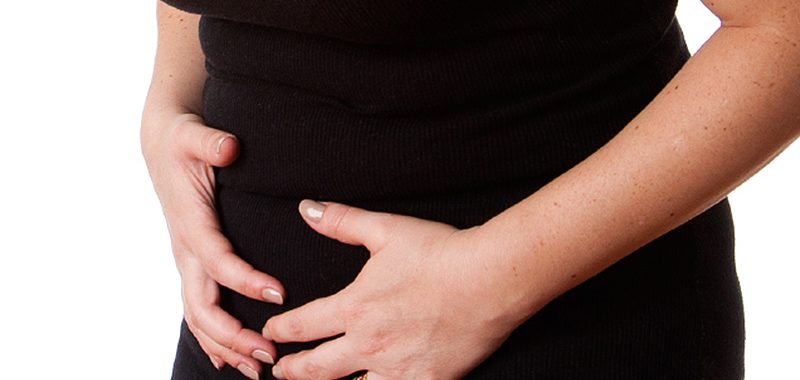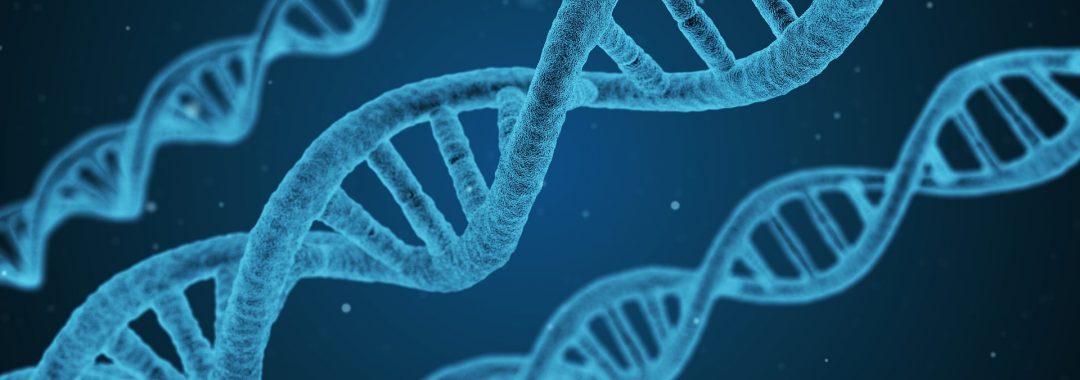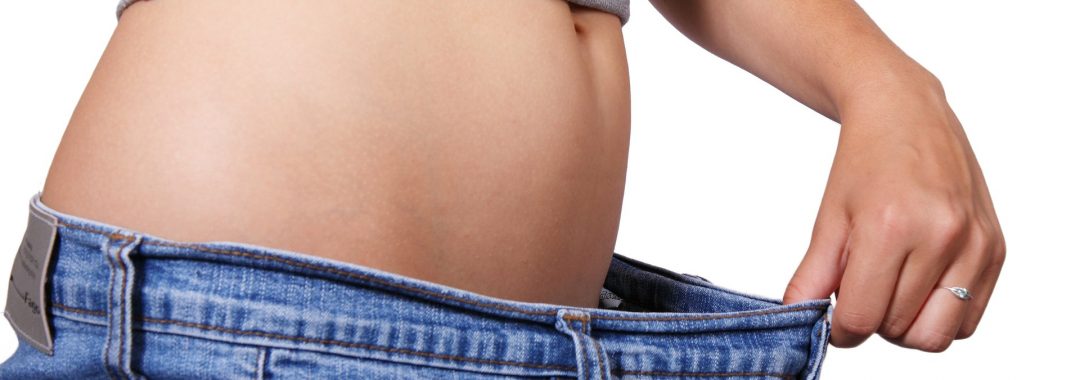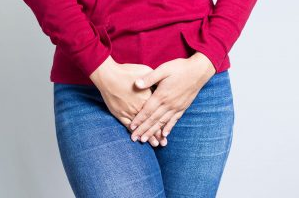Interstitial cystitis (IC) is a chronic inflammatory bladder condition in which there is persisting chronic pelvic pain, urinary frequency and urgency, bladder pain or pressure, and it can also resemble the symptoms of a urinary tract infection, but there will be no infection present. The pain can range from being mild to severe.
Worldwide Interstitial Cystitis affects up to 100 million people and it can affect both men and women, regardless of age. IC is also known as painful bladder syndrome (PBS), bladder pain syndrome (BPS) and chronic pelvic pain (CPP)
Women with interstitial cystitis may experience many of the same symptoms as those with endometriosis. Women can have both Interstitial Cystitis and endometriosis at the same time. Some people with IC may also have irritable bowel syndrome (IBS), Fibromyalgia and other pain syndromes
People with IC have chronic symptoms in the urinary tract that last more than 6 weeks in duration. Infection has not been identified as a cause of IC. Physical and emotional stress can worsen the symptoms of IC.
Interstitial Cystitis can cause the following symptoms:
- Chronic pelvic pain that lasts 6 months or more
- Symptoms affected by the menstrual cycle
- Pain, pressure, discomfort or unpleasant sensation that may worsen as the bladder fills
- Urinating often alleviates the pain and may give a temporary sense of relief;
- Suprapubic pain or discomfort
- Pelvic pain (lower abdominal pain), sometimes extending to the lower part of the back, the groin and thighs
- In women there may be pain in the vagina and vulva
- In men, pain in the penis, testicles, scrotum and perineum
- Both men and women may have pain in the urethra and rectum
- Pain with sexual intercourse in both men and women (dyspareunia)
- Pain on ejaculation in men
- Pain may worsen with specific foods or drinks
- A frequent need to urinate (frequency), including at night (night-time frequency or nocturia)
- An often urgent or compelling need to urinate (urgency)
The pain may be experienced as discomfort or tenderness or irritation or burning sensation in the bladder, in the form of spasms in or around the bladder, or stabbing or burning vaginal pain or simply a feeling of pressure on or in the bladder or a feeling of fullness even when there is only a little urine in the bladder.
In many people, the pain is relieved temporarily by urination, while other people may also feel strong pain following urination.
The pain or discomfort may be constant or intermittent. It may also be felt throughout the pelvic floor, including the lower bowel system and rectum. In some patients the pain may be very severe and debilitating.
Other people, particularly in the early stages, may have milder frequency with/without urgency and without a true sensation of pain. What they may experience, however, is a feeling of heaviness, fullness, discomfort or pressure.
Diagnosis
During the evaluation of potential IC, several tests may be completed to make a diagnosis. These tests may include taking a full medical history, completing a bladder diary, pelvic examination, including a neurological exam and urinalysis to rule out or diagnose an infection
Other diagnostic tests that can be carried out include:
Cystoscopy: This is performed inserting a tube, with a camera attached, into the bladder to evaluate the lining and to look for inflammation and signs of disease. A specialist may also evaluate the bladder capacity with a cystoscopy.
Urodynamics: The bladder is filled to test its capacity by measuring the pressure during filling and voiding. These tests evaluate the function of the bladder, urethra, and sphincter muscles.
Biopsy: During a cystoscopy, a biopsy may or may not be taken to rules out cancer or other inflammatory bladder conditions that can cause pain similar to IC.
Potassium sensitivity test: This is a test in which potassium and water are instilled into the bladder. In healthy bladders, pain is not felt with either solution. In cases of IC, however, pain is typically experienced when the potassium is instilled.
Diet
People with IC may be sensitive to certain foods and beverages. There is a range of items a person may need to excluded from their diet after receiving an IC diagnosis. This will be different for each individual but there are certain foods and drinks that an individual with IC should be aware of potentially needing to avoid. There are food and drinks such as:
- tea and coffee
- Soft drinks and soda (including diet drinks)
- alcohol
- citrus, citrus drinks and cranberry
- artificial sweeteners
- spicy food
Some people with IC may need to a food elimination diet over several weeks to see which specific foods and drinks may be exacerbating their symptoms. There are many foods that do not have an irritating effect on the bladder and contain vital nutrients to help fight disease. This is why elimination diets and specific dietary requirements need to be done under the guidance of a healthcare professional.
People with IC should also give up smoking if they are a smoker, as the chemicals can affect this condition too.
Treatment
The treatment of interstitial cystitis is complex and needs a multimodality approach to treat it effectively. It may require treatments such as:
- Urodynamic Therapies
- Physiotherapy with a specialised pelvic floor physiotherapist
- Pelvic Floor Therapy (Kegels, Yoni eggs, Ba Wen Balls, internal TENS)
- Surgery, including laser surgery
- Neuromodulators, such as electrical nerve stimulators
- Injections, such as Nerves blocks, Antispasmodics and Botox therapy
- Pain medications- including narcotics, NSAIDS, Anti-inflammatories,
- Hormone therapy, both oral and intravaginal
- Antidepressants
- Acupuncture
- Pilates and Yoga
- Exercise
- Herbal Medicines, including Chinese Herbal Medicines
- Amino acids, vitamins and antioxidants
- Sex Therapy and counselling
- Mindfulness
- Adopting health sleeping habits
Your specialist or healthcare provider will discuss the best forms of treatment for your individual case. People with IC should also be referred to a Urodynamic and Pelvic Floor Specialist who specialises in this area.
Complications
Complications from IC can vary between individuals and why there is no one treatment fix all approach to this conditions. IC can affect a person life on so many levels. It can affect their bladder volume, their quality of life, their sex life, their libido and have an affect on sexual intimacy and it can also cause them emotional distress. It is a complex condition that can affect every aspect of a person’s life both physically and mentally and why a multimodality treatment approach is needed.
Causes
The exact cause of IC is not known, but there are several theories as to what triggers the condition. Some possible causes include:
- Damage due to previous surgery
- Defects in the lining of the urinary bladder that cause irritation
- Overstretching of the bladder due to trauma
- Pelvic floor muscle dysfunction
- Autoimmune disorders
- Spinal cord trauma
- Genetics
- Allergy
IC is a chronic inflammatory condition that affects many people world wide. It cannot be fully cured and requires close clinical management and care. A multimodality treatment approach needs to be adopted that is suited to the individual. When this is done properly, people with IC can still have a good quality of life.
Recommended treatment usually involves diet and lifestyle changes, stopping smoking, drinking less before bedtime, and scheduling planned toilet breaks to ensure the bladder does not get too full.
If you do need assistance with Interstitial Cystitis, please call my friendly staff and find out how I may be able to assist you.
Regards
Andrew Orr
-No Stone Left Unturned
-Women’s and Men’s Health Advocate
-The Women’s Health Experts












